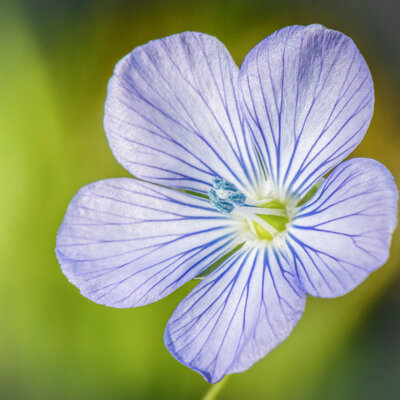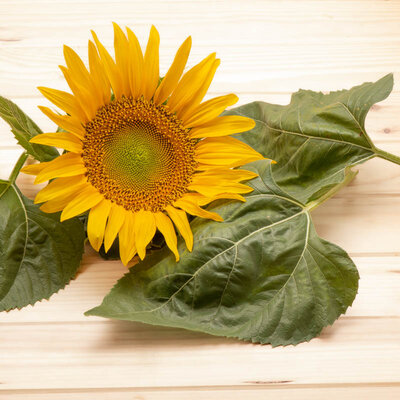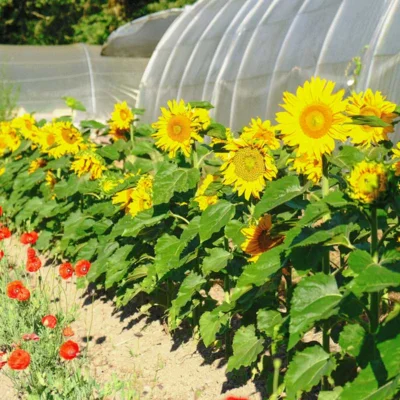
Nerum Boer - Sorghum
Sorghum, which is highly resistant to drought, is an annual plant used for the nutritional qualities of its "popping" grains or for making syrups. This variety grows to almost 3 meters in height and bears orange-brown panicles.
Traditionally in Africa, the sheaths of its leaves, often colored red, are used as a dye plant thanks to their anthocyanin content.
Sorghum characteristics
Nerum Boer sorghum, Sorghum bicolor, is a variety discovered in southern Sudan. Today, this cereal is grown all over the world, mainly as fodder for livestock. The nutrient-rich grains can also be eaten as flour or puffs, and the sweet stalks as syrup. In Africa, the red leaves are used as dyes. In the vegetable garden, sorghum is useful for soil restructuring and end-of-season mulching. This green fertilizer is also an excellent source of biomass. What's more, its tall stalks can be used as natural stakes in combined crops.
Sorghum grows up to 3 m tall and produces orange-brown panicles. Highly drought-resistant, this annual plant thrives in warm, humus-rich, deep soil.
Sorghum seedlings
Sorghum, Sorghum bicolor, can be sown from April to June in full sun and in well-warmed soil. This cereal is grown in a similar way to maize, with an island layout to encourage pollination and better grain development.
Sow lightly, directly in place, in rows 15 cm apart. Cover the seeds with 1 to 2 cm of fine soil and keep the seedbed moist until emergence. Seeds generally germinate in 4 to 10 days at temperatures between 18 and 32°C. Once the grass has emerged, thin out to leave one plant every 10 to 20 cm.
In a home garden, it is also possible to sow in pots or boxes, in 3-seed stacks, then transplant into the ground at the stage of 4 to 5 true leaves, at 10 to 20 cm intervals in all directions.
Sorghum needs a lot of heat to ripen and requires little water. As it is not usually susceptible to lodging, support is not desirable.
Sorghum harvest
Sorghum is harvested between September and October, once the seeds are hard and well-formed. The plants should start to dry out and turn yellow. Pull them up - or cut them off at the base. Hang them upside down in a dry, well-ventilated place to complete the drying of the seeds. Once the sorghum plants and seeds are dry, extract the seeds from the panicles by rubbing them between your hands or on a sieve. Sort the harvest by sieving or winnowing, then store the perfectly dry seeds in an airtight container for optimum preservation.
These products may also be of interest to you
in the ground
Sow light-colored, directly in place, in well-warmed soil, in rows 60 cm apart. Cover with 2 cm of fine soil. After emergence, thin out to leave one plant every 30 cm.
Sorghum needs a lot of heat to ripen and is not usually susceptible to lodging, but support is still desirable.
April
April, May, June
August, September, October
in the ground
sunny
low
clayey, limestone, humus, sandy
reheated, sec
Sorghum bicolor
20 grams
From 200 to 300 cm
This variety originates from southern Sudan.











